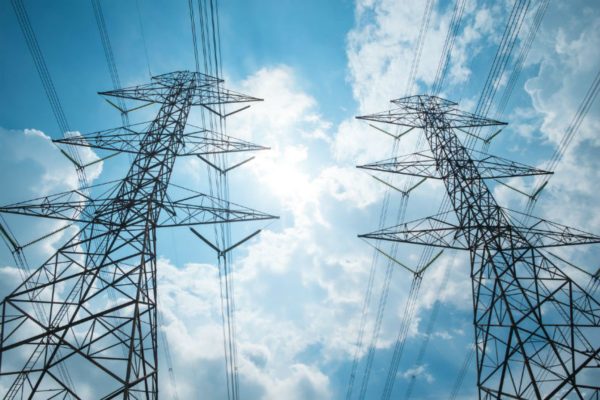The U.S. economy consumes a tremendous amount of energy. Energy is a good thing—critical to our prosperity, wealth, health, and stability. The problem is we waste too much of it.
Simply put, the U.S. economy is not an efficient economy. Incredible as it may sound, we waste about two-thirds of the roughly 100 quads (quadrillion Btu) of energy we consume each year. Most of this waste is due to the burning of fuels. When we burn fuels, whether it’s in a car’s engine or our home oven, most of that energy becomes useless waste heat.
Our economy almost always wants more energy, but there are limits to some of our energy resources. The best way to make those resources go further is to first solve our energy waste problems.
So what needs to be done? The answer is simple: Improve the energy efficiency of the economy as a whole. And the best way to improve the economy’s efficiency is through deep electrification – of everything. Electrification means taking some of our standard activities that are powered by burning fuels and using electricity instead.
In the old days that meant replacing kerosene lamps with electric lightbulbs, but today that means replacing gasoline-powered automobiles with electric vehicles and industrial boilers that burn natural gas to make steam with more advanced devices.
We get our energy from primary sources such as uranium, water, wind, solar radiation, coal, natural gas, oil, biomass, and the ocean’s tides. Some of these fuels are used directly, such as natural gas for cooking. Others are first converted into another form so that they are more useful: Oil is refined into petroleum products such as gasoline for cars, and coal or natural gas are burned to generate electricity.
This last form of energy, electricity, is particularly valuable because it is so versatile; it provides clean motion, heat, light, and information. It is an essential and pervasive presence throughout the developed world and a highly desired commodity throughout the developing world.
Electrification is also a critical avenue to address climate change because it enables the integration of low- or zero-carbon energy sources such as wind, solar, nuclear, natural gas, and geothermal fuels.
But an electric economy is also an energy-efficient economy, producing less waste, lower costs, and less pollution.
For instance, electrification of transportation would be transformative. The transportation industry consumes the most energy of all end use sectors, about 29 percent of total U.S. energy consumption, mostly in the form of petroleum products burned in internal combustion engines operating with about 25 percent efficiency. This means that of the 20 gallons you put in your gas tank, only five are used for propulsion, and the other 15 are wasted. While driving, your engine heats up and ejects heat into the atmosphere—wasted energy that does not transport you.
If all three trillion miles that our cars and light-duty trucks traveled during the past year were instead provided by electric vehicles that are 70 percent efficient, we would reduce our economy’s rejected, or wasted, energy from 66 quads to 59 quads. That’s the equivalent of improving the entire economy’s efficiency from 32 percent to 34 percent. That might seem insignificant, but a small change in a big number can make a huge difference.
Electric propulsion is much more efficient than heat-based propulsion—only 4.8 quads of electricity are required to displace 16 quads of petroleum to move our vehicles, for instance. If that new or extra electricity demand were met by modern natural gas combined-cycle power plants with about 55 percent efficiency, we would need to burn only another 8.8 quads of natural gas to displace the 16 quads of petroleum, a primary energy reduction of about 9 percent.
To take this scenario one step further, if this added electricity were instead produced by zero-emission technologies such as nuclear, wind, or solar, it would also reduce carbon dioxide emissions on the order of 1.3 billion metric tons (out of nearly 6 billion tons of annual emissions). If the added electricity were to come from old, inefficient coal plants, overall carbon dioxide emissions would increase by 166 million metric tons.
Electrifying other uses of energy beyond transportation—such as heating, cooking, and industrial activity in our homes, businesses, and factories—also offers many benefits. Steel mills that use electric arc heating are more efficient than old-fashioned ones that burn coal. Oil and gas operations can use down-hole electric submersible pumps to increase productivity and avoid pneumatic controllers that vent greenhouse gases into the atmosphere.
As the political debate rages about how to reduce pollution while keeping energy affordable and reliable, energy efficiency through electrification has broad appeal because it saves money and reduces environmental damage. Deep electrification is a direct pathway to an efficient—and more productive—economy, and that’s something we all support.
Joshua D. Rhodes is a postdoctoral researcher and Michael E. Webber is the deputy director at the Energy Institute at The University of Texas at Austin.
A verison of this op-ed appeared in Fortune.
To view more op-eds from Texas Perspectives, click here.
Like us on Facebook.




